Search titles
Displaying results 21 to 30 of 368.
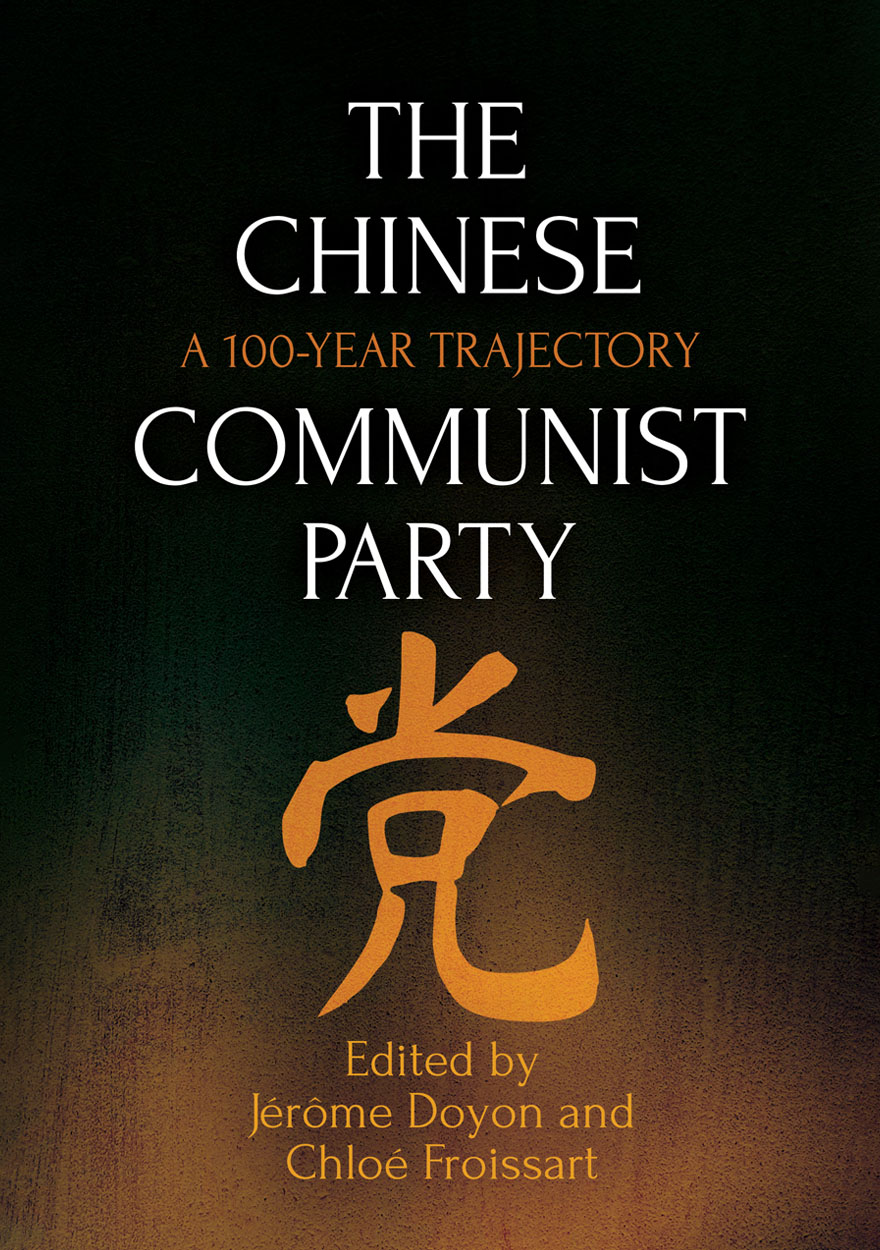
The Chinese Communist Party »
A 100-Year Trajectory
Edited by: Jérôme Doyon, Chloé Froissart
Publication date: January 2024
This volume brings together an international team of prominent scholars from a range of disciplines, with the aim of investigating the many facets of the Chinese Communist Party’s 100-year trajectory. It combines a level of historical depth mostly found in single-authored monographs with the thematic and disciplinary breadth of an edited volume. This work stands out for its long-term and multiscale approach, offering complex and nuanced insights, eschewing any Party grand narrative, and unravelling underlying trends and logics, composed of adaption but also contradictions, resistance and sometimes setbacks, that may be overlooked when focusing on the short term.
Rather than putting forward an overall argument about the nature of the Party, the many perspectives presented in this volume highlight the complex internal dynamics of the Party, the diversity of its roles in relation to the state, as well as in its interaction with society beyond the state. Our historical approach stresses impermanence beyond the apparent permanence of the Party’s organisation and ideology while also bringing to light the recycling of past practices and strategies. Looking at the Party’s evolution over time shows how its founding structures and objectives have had a long-lasting impact as well as how they have been tweaked and rearranged to adapt to the new economic and social environment the Party contributed to creating.
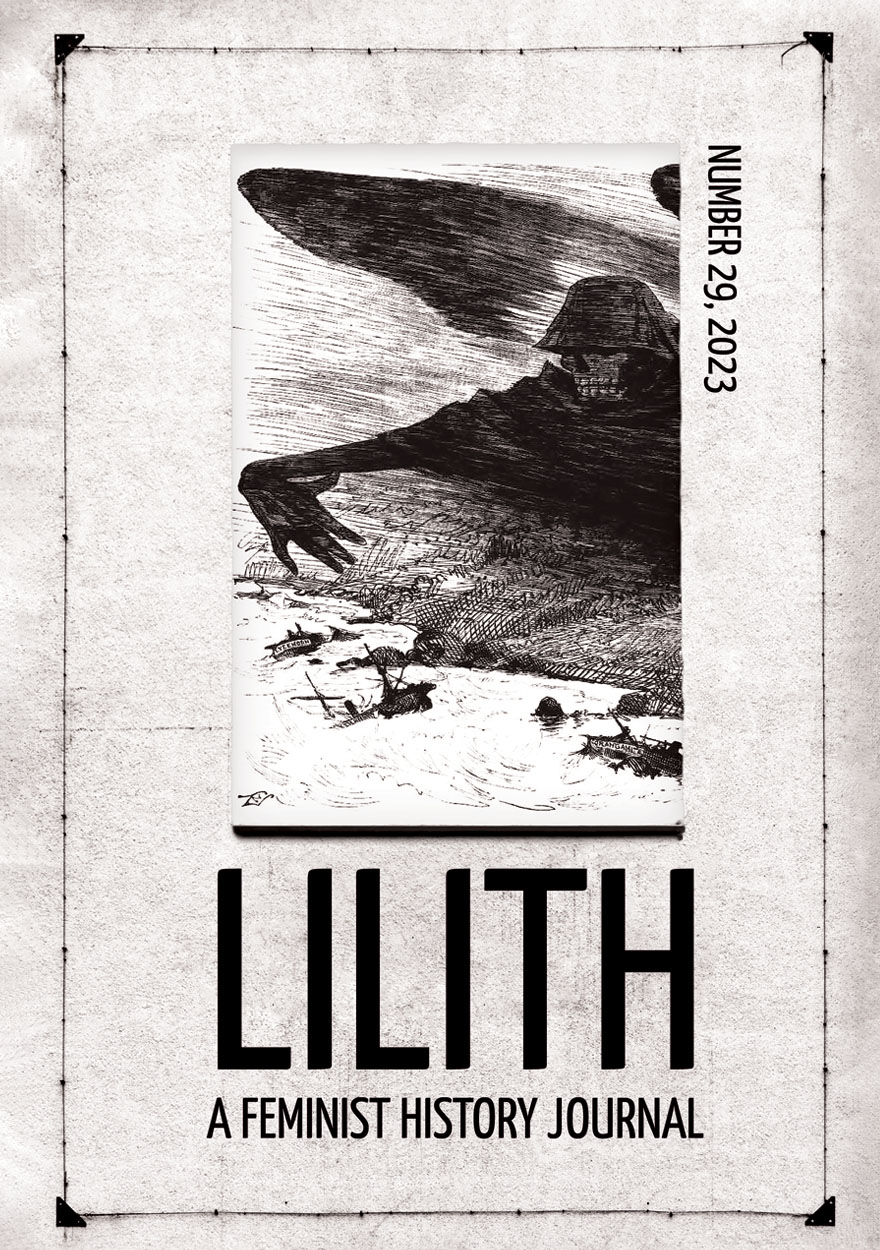
Lilith: A Feminist History Journal: Number 29 »
Publication date: December 2023
The 2023 issue of Lilith showcases the journal’s dedication to encouraging underrepresented voices in historical writing, including early-career scholars, First Nations voices and historians from diverse linguistic and cultural backgrounds. Six of the research articles in the issue focus on nineteenth and early twentieth-century topics, with papers on women’s roles in interwar international diplomacy, on Indian prostitution under British colonialism, on the relationship between interracial rape and white femininity on the Australian colonial frontier, on the role of gender in the NSW Shipwreck Society of the late nineteenth century, and on the struggle of women for public lavatories in 1912 Meanjin (Brisbane). Two of the research articles concern more recent histories, with papers on the role of Māori women in feminist movements of the 1970s, and the construction of sexual consent in Dolly Magazine of the late twentieth century. There is also a review essay about global histories of feminism and gender struggle which evaluates several recent such works, reflecting on their methodological innovations and concerns. The edition includes six short book reviews that span a wide range of international and local interests, covering topics such as the digital humanities, the global history of sexual violence, US queer history, Australian queer women’s history, gender in European colonial travel, and the history of the pram in Australia.
Several of the articles in the volume concern the international engagement of feminist struggles and intercultural questions in relation to gendered roles in history, while others gesture beyond the concerns of historical studies alone, addressing issues of rape culture, political activism, women’s spaces, and gendered emotions, making valuable contributions to the wider Australian humanities and social sciences. The volume exemplifies the value of balancing international trends in feminist history with the recognition of local episodes in the history of gender struggle, underscoring Lilith's commitment to advancing new forms of feminist historical writing and showcasing innovative research by scholars at diverse career stages.
Download for free
Not available for purchase

China between Peace and War »
Mao, Chiang and the Americans, 1945–1947
Authored by: Victor Cheng
Publication date: November 2023
In China between Peace and War, Victor S. C. Cheng explores the gripping history of peace talks and international negotiations from 1945 to 1947 that helped determine the shape of the Chinese Civil War. The book focuses on the efforts of the two belligerent parties—the Chinese Nationalists, or Guomindang, and the Communists—to achieve an enduring peace. It presents previously unexplored major elements of the peace talks: ambiguous treaties, package deals and short-term solutions. It identifies the burning challenges that confronted attempts at peacemaking, including the two warring parties’ high-risk decision-making styles and the temptation to veto agreements and resume fighting. Cheng argues against popular notions that differences between the two belligerents in the Chinese Civil War were irreconcilable, that the failure of the peace talks was predetermined and that the US government mediators needed to remain neutral.
Because the actions around the negotiating table occurred in a developing theatre of war, Cheng also explores the military decision-making of the opposing sides as well as the conflicts that ultimately plunged China into the world’s largest military engagement of the seven-plus decades since World War II. China between Peace and War highlights the contradictory role of political leaders who micromanaged the military, including their struggle to connect political objectives and military power, their rhetorical use of the ‘decisive war’ concept, and their pursuit of radical military-political goals at the expense of a negotiated peace.
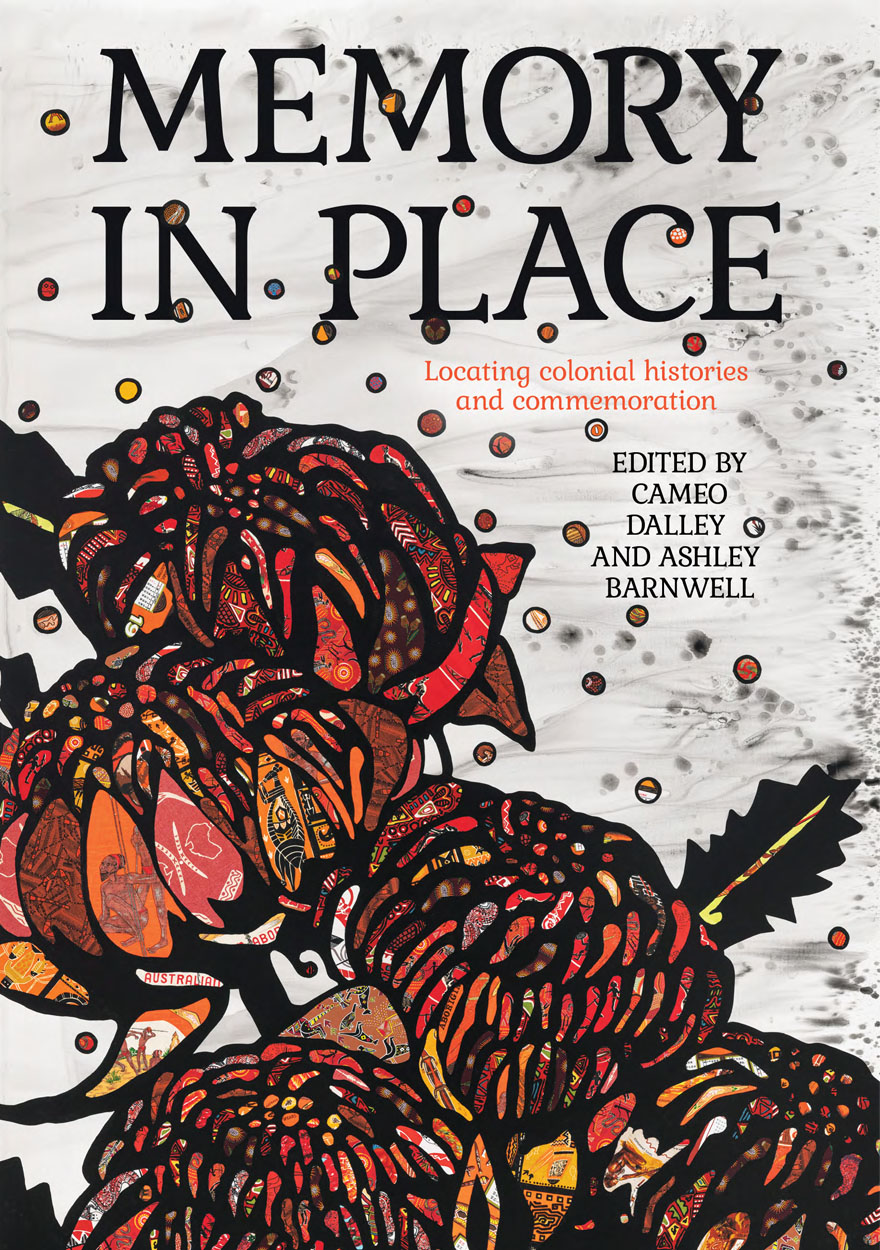
Memory in Place »
Locating colonial histories and commemoration
Edited by: Cameo Dalley, Ashley Barnwell
Publication date: November 2023
Memory in Place brings together Indigenous and non-Indigenous scholars and practitioners grappling with the continued potency of memories and experiences of colonialism. While many of these conversations have taken place on a national stage, this collection returns to the rich intimacy of the local. From Queensland’s sweeping Gulf Country, along the shelly beaches of south Sydney, Melbourne’s city gardens and the rugged hills of South Australia, through Central Australia’s dusty heart and up to the majestic Kimberley, the collection charts how interactions between Indigenous people, settlers and their descendants are both remembered and forgotten in social, political, and cultural spaces. It offers uniquely diverse perspectives from a range of disciplines including history, anthropology, memory studies, archaeology, and linguistics from both established and emerging scholars; from Indigenous and non-Indigenous contributors; and from academics as well as museum and cultural heritage practitioners. The collection locates some of the nation’s most pressing political issues with attention to the local, and the ethics of commemoration and relationships needed at this scale. It will be of interest to those who see the past as intimately connected to the future.
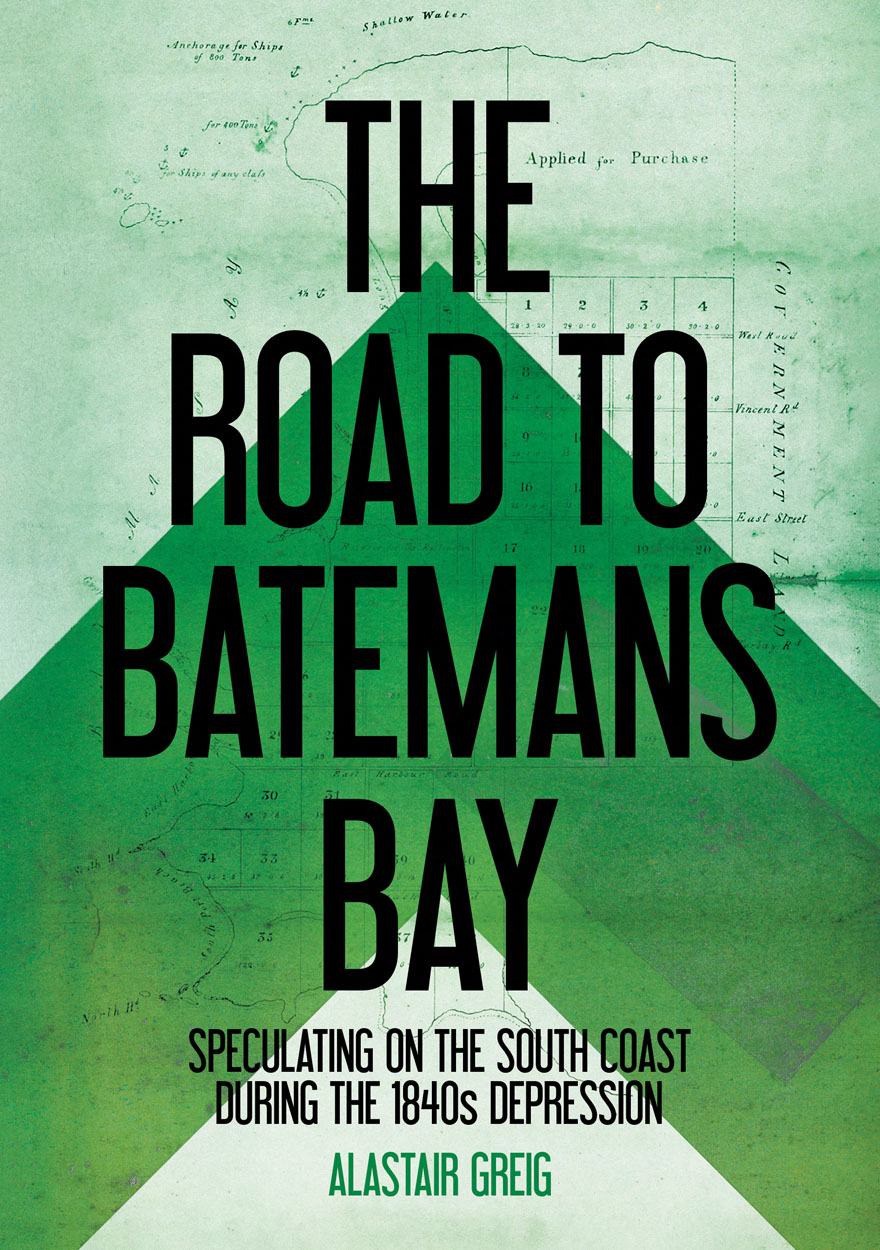
The Road to Batemans Bay »
Speculating on the South Coast During the 1840s Depression
Authored by: Alastair Greig
Publication date: November 2023
The Road to Batemans Bay is the story of competing ventures to create ‘the Great Southern Township’ on the South Coast of New South Wales in the early 1840s. The idea of developing the furthest reaches of settlement was linked to the hopes of southern woolgrowers for a road from their properties to the coast, over the Great Dividing Range. The township proponents dreamed that having a quicker and cheaper connection to Sydney would allow them to open a port second only to Port Jackson.
The scene begins with the proposed coastal township of St Vincent, in an age of optimism: settlement is expanding, exports are growing and land prices are soaring, generating Australia’s first land boom. Before long, however, the colony experiences a catastrophic economic depression whose ‘pestilential breath’ infects those with a stake in the coastal townships. Alastair Greig follows the fate of these individuals, while also speculating on the broader fate of South Coast development during the mid-nineteenth century.
Greig gives a unique insight into many aspects of colonial life—including the worlds of Sydney’s merchants, auctioneers, land speculators, surveyors, map-makers and lawyers—as well as its maritime challenges. The Road to Batemans Bay is a chronicle of how Australia first developed its land-gambling habit and how land speculation led to the road to ruin.

Sisters in Peace »
The Women’s International League for Peace and Freedom in Australia, 1915–2015
Authored by: Kate Laing
Publication date: November 2023
Is preparing for war the best means of preserving peace? In Sisters in Peace, Kate Laing contends that this question has never been solely the concern of politicians and strategists. She maps successive generations of twentieth-century women who were eager to engage in political debate even though legislative and cultural barriers worked to exclude their voices.
In 1915, during the First World War, the Women’s International Congress at The Hague was convened after alarmed and bereaved women from both sides of the conflict insisted that their opinions on war and the pathway to peace be heard. From this gathering emerged the Women’s International League for Peace and Freedom (WILPF), which to this day campaigns against militarism and nuclear weapons. In Australia, the formation of a section of WILPF connected political women to a worldwide network that sustained their anti-war activism throughout the last century.
In examining the rise of WILPF in Australia, Sisters in Peace provides a gendered history of this country’s engagement with the politics of internationalism. This is a history of WILPF women who committed to peace activism even as Australia’s national identity and military allegiances shifted over time—a history that has until now been an overlooked part of the Australian peace movement.

A Young Englishman in Victorian Hong Kong »
The Diaries of Chaloner Alabaster, 1855–1856
Authored by: Benjamin Penny
Publication date: October 2023
In August 1855, 16-year-old Chaloner Alabaster left England for Hong Kong, to take up a position as a student interpreter in the China Consular Service. He would stay for almost 40 years, climbing the rungs of the service and eventually becoming consul-general of Canton. When he retired he returned to England and received a knighthood. He died in 1898. Throughout his adult life, Alabaster kept diaries.
In the first four volumes of these diaries, collected here by Benjamin Penny, the teenage Alabaster recorded his thoughts and observations, told himself anecdotes, and exploded in outbursts of anger and frustration. He was young and enthusiastic, and the everyday sights, sounds and smells of Hong Kong were novel to him. He describes how the Chinese people around him ironed clothes, dried flour and threshed rice; how they gambled, prepared their food and made bean curd; and what opera, new year festivities and the birthday of the Heavenly Empress were like. Like many a young Victorian, he was also a keen observer of natural history, fascinated by fireflies and ants, corals and sea slugs, and the volcanic origins of the landscape.
Alabaster’s diaries are a unique, vibrant and riveting record of life in the young British colony on the cusp of the Second Opium War. With A Young Englishman in Victorian Hong Kong, Penny sheds new light on the history of the region.

Subjects and Aliens »
Histories of Nationality, Law and Belonging in Australia and New Zealand
Edited by: Kate Bagnall, Peter Prince
Publication date: August 2023
Subjects and Aliens confronts the problematic history of belonging in Australia and New Zealand. In both countries, race has often been more important than the law in determining who is considered ‘one of us’.
Each chapter in the collection highlights the lived experiences of people who negotiated laws and policies relating to nationality and citizenship rights in twentieth-century Australasia, including Chinese Australians enlisting during the First World War, Dalmatian gum-diggers turned farmers in New Zealand, Indians in 1920s Australia arguing for their citizenship rights, and Australian women who lost their nationality after marrying non-British subjects.
The book also considers how the legal belonging—and accompanying rights and protections—of First Nations people has been denied, despite the High Court of Australia’s recent assertion (in the landmark Love & Thoms case of 2020) that Aboriginal people have never been considered ‘aliens’ or ‘foreigners’ since 1788. The experiences of world-famous artist Albert Namatjira, and of those made to apply for ‘certificates of citizenship’ under Western Australian law, suggest otherwise.
Subjects and Aliens demonstrates how people who legally belonged were denied rights and protections as citizens through the actions of those who created, administered and interpreted the law across the twentieth century, and how the legal ramifications of those actions can still be felt today.

International Review of Environmental History: Volume 9, Issue 1, 2023 »
Edited by: James Beattie
Publication date: July 2023
Inspired by recent scholarship on disaster history and situated within the broader field of environmental history, this special issue highlights structural factors that have exacerbated the effects of extreme weather and explores how states and societies have responded and adapted (or not) during and after disasters. The five case studies all focus on the Indian Ocean World (IOW), a macro-region stretching from eastern Africa to East Asia and Southeast Asia, and align chronologically with the so-called Anthropocene, the period during which the industrial Global North began to leave its indelible imprint on the world’s climatic systems. They build on a small but growing scholarship that looks at historical disasters and disaster responses within the IOW, arguing collectively for the application of historical methodologies in approaching the challenge of extreme weather now and in the future.
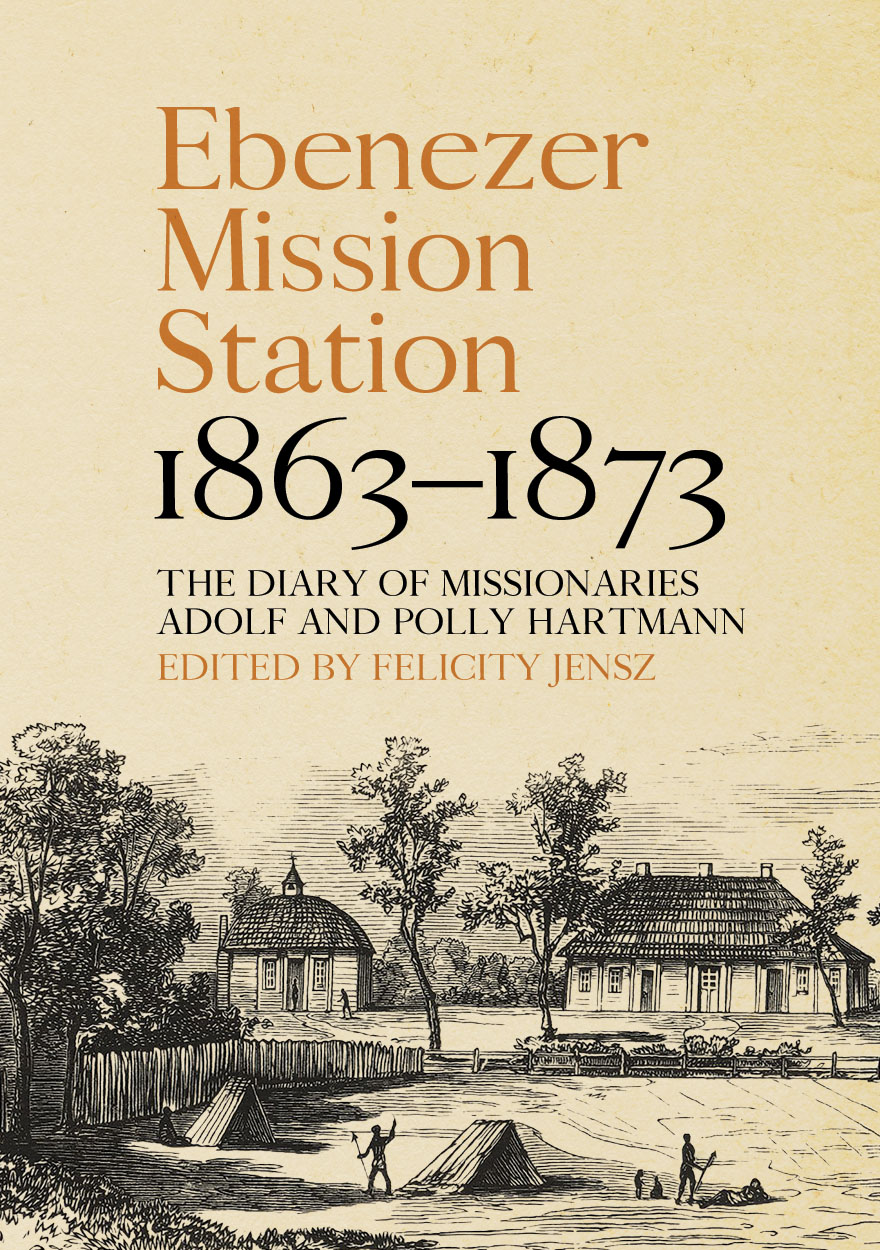
Ebenezer Mission Station, 1863–1873 »
The Diary of Missionaries Adolf and Polly Hartmann
Edited by: Felicity Jensz
Publication date: July 2023
This book contains the annotated diary of Adolf and Mary (Polly) Hartmann, missionaries of the Moravian Church who worked at the Ebenezer mission station on Wotjobaluk country, in the north-west of the Colony of Victoria, Australia. The diary begins in 1863, as the Hartmanns are preparing to travel from Europe to take up their post, and ends in 1873, by which time they are working in Canada as missionaries to the Lenni Lenape people.
Recording the Hartmann’s eight years at the Ebenezer mission, the diary presents richly detailed insights into the daily interactions between Aboriginal people and their colonisers. The inhabitants of the mission are overwhelmingly described in the diary as agents in their lives, moving in and out of the missionaries’ sphere of influence, yet restricted at times by the boundaries of the mission. The diary reveals moments of laughter, shared grief, community, advocacy and reciprocal learning, alongside the mundane everyday chores of mission life.
Through the personal writings of a missionary couple, this diary brings to light the regular, routine and extraordinary events on a mission station in Australia in the third quarter of the nineteenth century—a period just prior to British high imperialism, and a period before increasingly restrictive legislation was enforced on Indigenous people in the Colony of Victoria.



